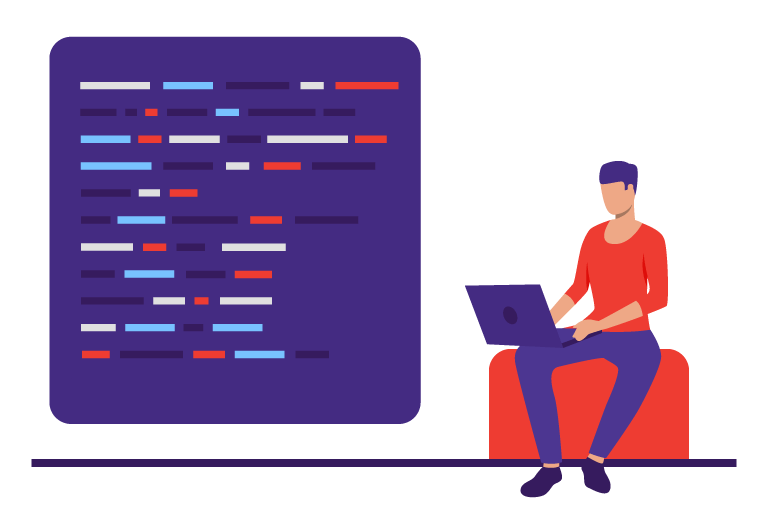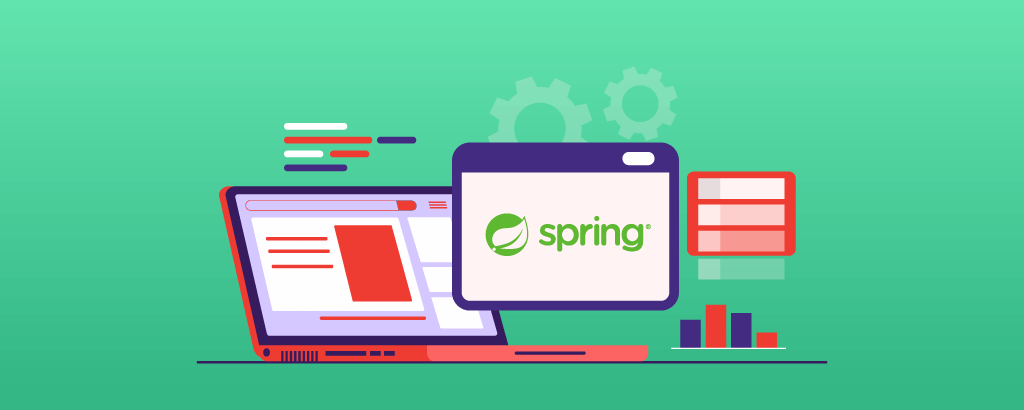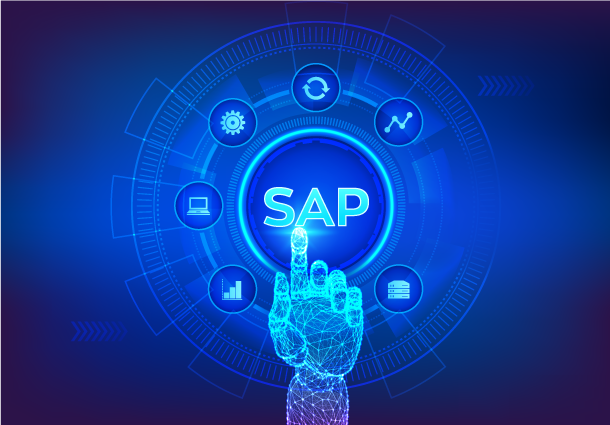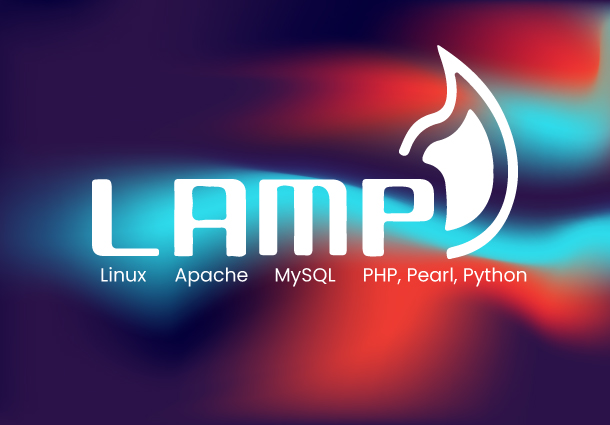Spring framework – Topnotch option for enterprise app development
The Spring framework has emerged as a solution to all the enterprise app development complications. With this framework, you can use different techniques to utilize Aspect-Oriented Programming (AOP), dependency injection (DI), and Plain Old Java objects (POJO) for developing enterprise applications. This can help you remove all the major complexities while you involve different kinds of enterprise apps with the aid of EJB. You should be knowing that Spring is an open-source lightweight framework that would be allowing Java EE 7 developers when they want to build more reliable, simple, and scalable enterprise applications.
Challenges faced by developers prior to Spring
Let’s understand what is the Spring framework clearly. Before the arrival of Enterprise Java Beans (EJB), many Java developers have always wanted to leverage JavaBeans when they want to create the best Web applications. Even Though JavaBeans has gone on to help everyone in the development process involving user interface (UI) components, everyone had a hard time providing services in the form of security and transaction management. This has helped everyone develop secure and robust enterprise apps. With the arrival of EJB, it was noted as a solution to all the problems related to enterprise and web components. This can also provide services for enterprise applications in a simpler manner. When you want to build the best enterprise application, it might not be easier with EJB. Every developer has to perform numerous tasks related to creating remote and home interfaces. This can also let you implement high-end lifecycle callback methods leading to different complexity related to EJBs. Owing to all these complications, every developer has started searching for alternate ways to develop the best enterprise apps. The spring framework acted as a solution to this. Let us understand what is Spring framework, Spring framework versions, and Spring framework dependency maven are.
Web applications. Even Though JavaBeans has gone on to help everyone in the development process involving user interface (UI) components, everyone had a hard time providing services in the form of security and transaction management. This has helped everyone develop secure and robust enterprise apps. With the arrival of EJB, it was noted as a solution to all the problems related to enterprise and web components. This can also provide services for enterprise applications in a simpler manner. When you want to build the best enterprise application, it might not be easier with EJB. Every developer has to perform numerous tasks related to creating remote and home interfaces. This can also let you implement high-end lifecycle callback methods leading to different complexity related to EJBs. Owing to all these complications, every developer has started searching for alternate ways to develop the best enterprise apps. The spring framework acted as a solution to this. Let us understand what is Spring framework, Spring framework versions, and Spring framework dependency maven are.
Spring Framework: Empowering Businesses to Overcome Challenges with Grace
The Spring framework revolutionized Java development by offering a comprehensive set of tools for managing business objects. It simplified web application development compared to traditional Java frameworks and APIs like JDBC, JSP, and Servlets.  The Spring framework consists of various sub-frameworks or layers, including Spring AOP, Spring ORM, Spring Web Flow, and Spring Web MVC. These modules can be used individually or combined to enhance the functionality of web applications. The Spring framework stands out with its features such as Inversion of Control (IoC), Aspect-Oriented Programming (AOP), and transaction management. The framework provides packages like org. spring framework.beans and org. spring framework.context for IoC container functionality. The Spring MVC framework seamlessly integrates with popular view technologies like JSP, Jasper Report, FreeMarker, and Velocity for form handling and validation. With each version, the Spring framework offers flexible and declarative transaction management capabilities for a wide range of transactions.
The Spring framework consists of various sub-frameworks or layers, including Spring AOP, Spring ORM, Spring Web Flow, and Spring Web MVC. These modules can be used individually or combined to enhance the functionality of web applications. The Spring framework stands out with its features such as Inversion of Control (IoC), Aspect-Oriented Programming (AOP), and transaction management. The framework provides packages like org. spring framework.beans and org. spring framework.context for IoC container functionality. The Spring MVC framework seamlessly integrates with popular view technologies like JSP, Jasper Report, FreeMarker, and Velocity for form handling and validation. With each version, the Spring framework offers flexible and declarative transaction management capabilities for a wide range of transactions.
Spring Framework architecture to know about
The Spring framework architecture consists of nearly seven modules as seen in the above figure. The particular modules are Spring AOP, Spring Core, Spring DAO, Spring context, Spring MVC, and Spring Web Flow. Every spring framework modules provide us with various enterprise apps. You have the freedom to leverage Spring web MVC modules to develop MVC-oriented apps. This can support the Spring framework architecture.
Spring Framework Modules
Spring Core Module:
The Spring Core module is found to be the core component belonging to the Spring framework. It provides the needed IoC container. There are two Spring core implementations belonging to the Spring container. It is known as the bean factory as well as the application context. The bean factory is defined using the org. spring framework.beans.factory.BeanFactory interface. This can also act as a bean container. It can allow everyone to decouple a few specifications and configurations belonging to the dependencies. As for the Spring framework, you can see that the Bean factory is the central IoC container. It has the ability to instantiate different app objects. It can go about configuring and assembling dependencies between various objects. We have plenty of BeanFactory interface implementations. The XmlBeanFactory class would be the most common BeanFactory interface implementation. This can allow everyone to express all the objects for the purpose of composing your application. It can also remove any further interdependencies between different application objects.
Spring AOP Module:
In comparison to Object-Oriented Programming (OOP), you can break down different applications into various object hierarchies. AOP can also break down various programs into different concerning aspects. The Spring AOP module would allow everyone to implement aspects or concerns belonging to the Spring application that would allow everyone to implement various aspects and concerns belonging to Spring AOP application. The aspects would be the regular Spring beans or various regular classes that are annotated using @Aspect annotation. All the aspects would help different transaction management as well as logging along with application failure monitoring.
Spring ORM Module:
We can utilize the Spring ORM module to access all the data from different application databases. It can provide different APIs to manipulate databases using Hibernate, JDO, and iBatis. While Spring ORM would be supporting DAO, this would provide you with a consistent way to build all the following DAOs-related ORM solutions:
- Transparency with regard to exception handling
- Simplified declarative transaction management
- Resource management
- DAO support classes
- Lightweight, thread-safe template classes
Spring Web MVC Module:
With the Web MVC module belonging to the Spring, you can implement the best MVC architecture to create Web apps. This can separate all the models and view the components code of a Web application. Using Spring MVC, while you generate a request from a different browser, it would go on to the DispatcherServlet class (Front Controller). This would dispatch the controller request, which can be an Abstract Wizardform Controller class or SimpleFormController class with different handler mappings.
Summing up the Spring Advantage
When the Spring framework was introduced in 2004, there has been a significant major revision, such as Spring 2.0 providing XML namespaces and AspectJ support, Spring 2.5 providing annotation-driven configuration, and Spring 3.0 providing a Java-based @Configuration model. The latest release of the spring framework is 4.0. it is released with the support for Java 8 and Java EE 7 technologies. Though you can still use Spring with an older version of java, the minimum requirement is restricted to Java SE 6. Spring 4.0 also supports Java EE 7 technologies, such as java message service (JMS) 2.0, Java Persistence API (JPA) 2.1, Bean validation 1.1, servlet 3.1, and JCache. We can safely save that it has a long way to go and help you with enterprise app development solutions.
Pattem Digital is your Spring framework development company
Pattem Digital is your trusted companion when it comes to building Spring applications. We are experts in providing top-notch Spring framework solutions, and we are committed to supporting you every step of the way. As a leading provider of java development services, we specialize in delivering high-quality Spring framework development services tailored to your specific needs. If you’re looking for a reliable partner to assist you in your Spring framework journey, don’t hesitate to reach out to us. Contact us now and let us be your preferred Spring framework development service provider.


